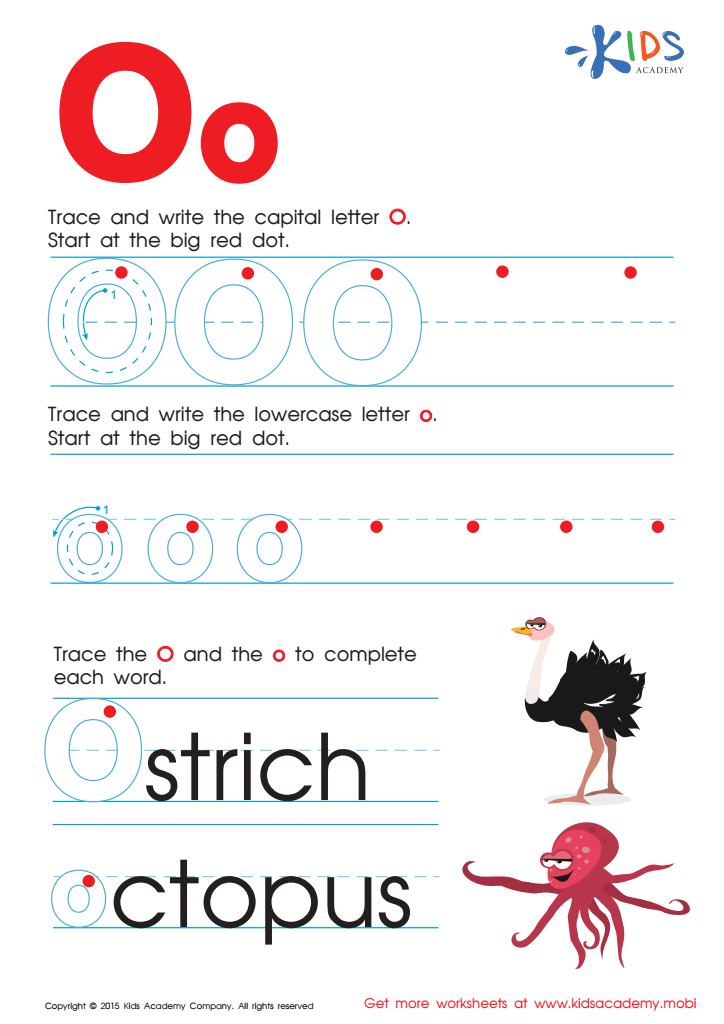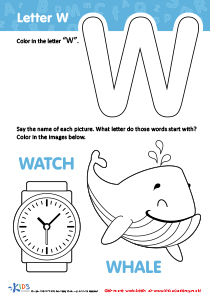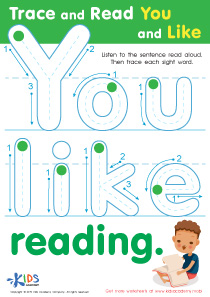Hand-eye Coordination Normal Grade 1 ABC Order Worksheets
4 filtered results
-
From - To
Enhance your Grade 1 students' hand-eye coordination with our engaging ABC Order worksheets! Designed to support early learners, these printable activities combine the fundamentals of the alphabet with important motor skills. Each worksheet encourages children to practice letter recognition, sequencing, and ordering from A to Z while simultaneously improving their fine motor skills through tracing, coloring, and cutting exercises. These fun, interactive tasks foster cognitive development and promote confidence in young learners. Perfect for classroom or home use, our hand-eye coordination worksheets make learning the alphabet enjoyable and effective! Explore our resources now to enrich your first graders’ educational journey!


Letter O Tracing Page


Letter P Tracing Page


Letter H Tracing Page


Letter D Tracing Page
Hand-eye coordination is a crucial skill that lays the foundation for many activities children engage in, making it essential for parents and teachers to prioritize its development in first graders. First, hand-eye coordination enhances a child’s ability to perform everyday tasks, such as writing letters in ABC order, cutting with scissors, and tying shoelaces. These skills are critical for promoting independence and self-confidence.
In a Grade 1 classroom, children are starting to learn the alphabet, and being able to write letters in order or recognize them visually is important. Good hand-eye coordination aids in proper letter formation and spacing, leading to improved handwriting. Additionally, activities that develop these skills improve concentration and focus, helping students better engage in learning.
Moreover, hand-eye coordination is vital for physical activities, ranging from playing sports to basic motor tasks. Encouraging skills like throwing, catching, and hitting a ball can foster teamwork and social skills, promoting a school environment conducive to learning. Ultimately, nurturing hand-eye coordination in early education not only benefits academic performance but also supports overall development, making it a key focus for parents and teachers alike. By recognizing its importance, they can create opportunities for practice and growth, ensuring children thrive in their educational journey.

 Assign to My Students
Assign to My Students














